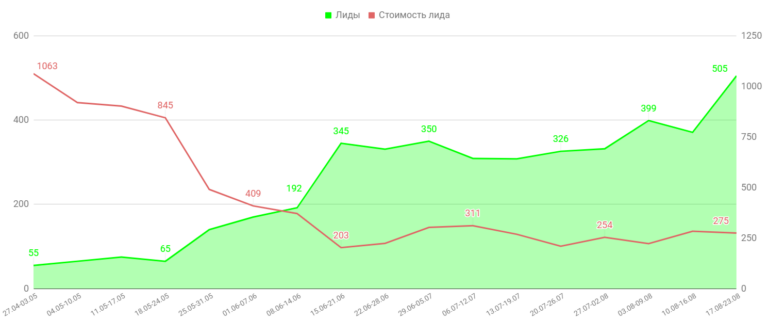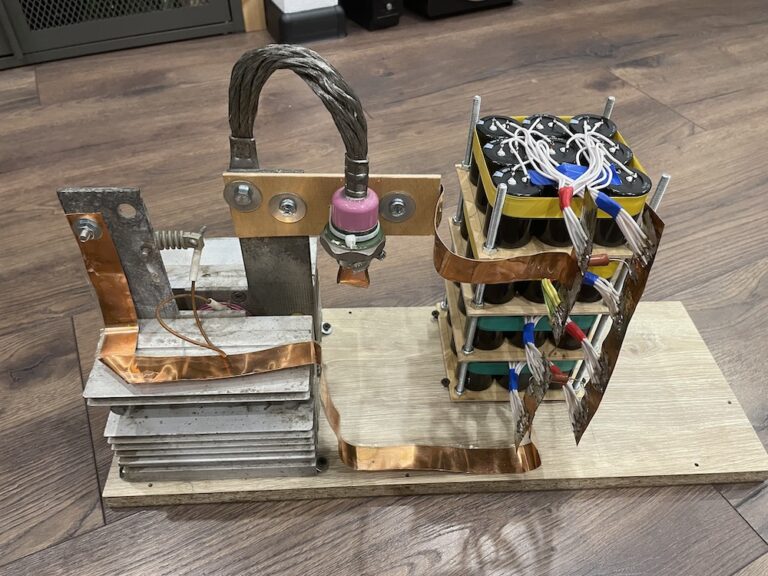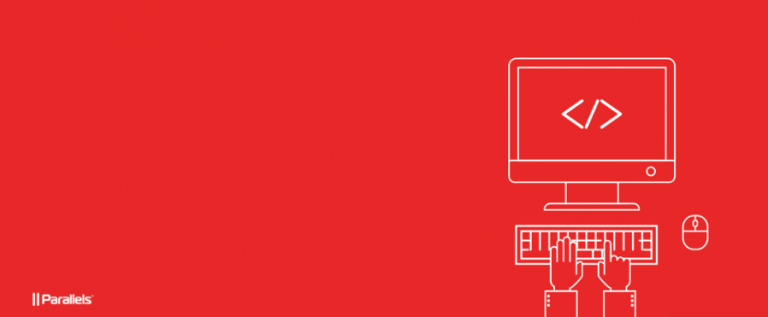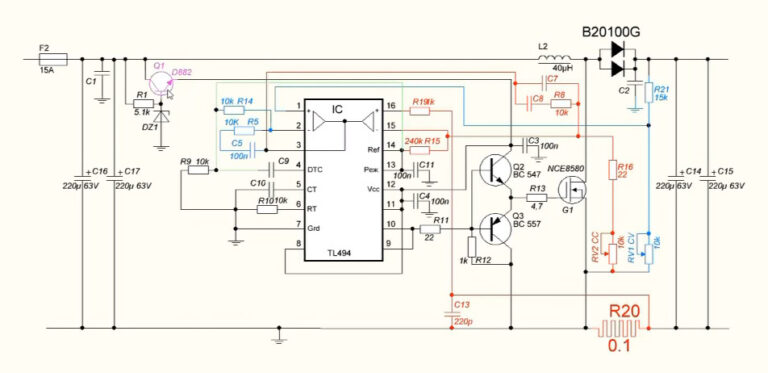Top 8 GUI Clients for PostgreSQL in 2021
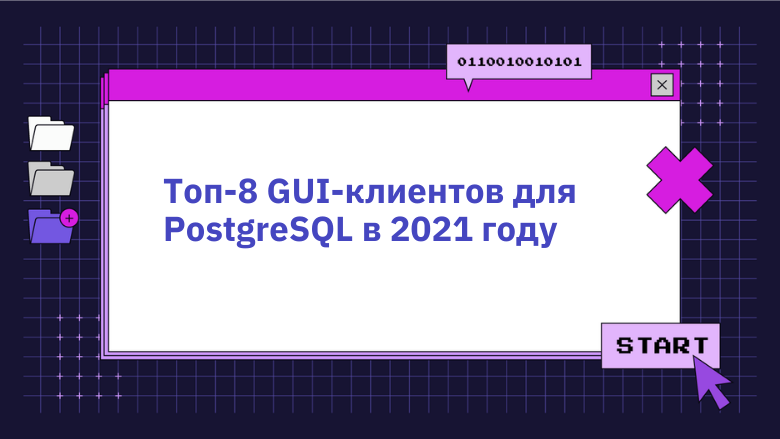
What is PostgreSQL GUI? Why do you need it? How can it help you manage your PostgreSQL database? Learn about the best Postgre GUI software to try in 2021.
PostgreSQL is an advanced open source object-relational database management system. It is mainly used in enterprises and supports SQL and JSON queries.
According to Stack OverflowPostgreSQL is the second most used database after MySQL in 2021. Over 40% of the 70,000+ respondents prefer Postgres over SQLite, MongoDB, Redis, and other databases.
There are two ways for a Postgres user to administer the database:
Write requests through the command line (CLI) (not everyone likes this).
Use a Postgres graphical user interface (GUI) built with one of the PostgreSQL management tools.
The second option is much more convenient than the CLI. In addition, it can improve labor productivity. We will now introduce you to Postgres GUI and the most commonly used PostgreSQL GUI tools.
What is PostgreSQL GUI?
PostgreSQL GUI is a PostgreSQL database management tool. It allows you or any database user to query, visualize, manipulate, and analyze Postgres data. You can also access and navigate database servers using the Postgres GUI.
The main reasons why users prefer Postgres GUI over CLI are:
Long learning curve and complex adaptation process with the CLI.
CLI not very pleasant to use.
Lack of information the console provides in one go.
Difficulties with viewing and monitoring databases through the console.
Using the Postgres GUI, in turn, offers you the following benefits:
Shortcuts that you can use to quickly and easily access the data you need.
Extensive data visualization capabilities.
Remote access to the database server.
Easy access to the operating system.
Best PostgreSQL GUI software
It may come as a surprise to some that the Postgres-centric pgAdmin is not the only Postgres GUI tool available today.
First, there is UI Bakery, a low-level designer of internal tools. It was not originally built to manage Postgres. However, with its help you will be able to connect multiple data sources (databases, third-party applications, REST API) in one user interface. UI Bakery also provides rich data visualization capabilities, allowing you to display the content of PostgreSQL, MongoDB, MySQL, Microsoft SQL, Redis and other databases in the desired form.
Since UI Bakery is web-based, there is no need to waste time installing and configuring it. You can create a GUI for your Postgres database using a number of out-of-the-box components such as tables, charts, graphs, maps, buttons, dropdowns, and more. This process takes minutes or hours instead of days and weeks of manual coding.
The low-level code approach to database management is much more time efficient and more flexible than using traditional graphical tools. However, let’s now look at other GUI management tools as well.
1. pgAdmin
Open source, cross-platform PostgreSQL GUI.
Advantages:
Compatible with Linux, Windows, macOS.
Allows you to work with multiple servers at the same time.
Export files in CSV format.
Planning requests.
Ability to track sessions, database locks through the dashboard.
Shortcuts in the SQL editor for easier work.
A built-in procedural language debugger that facilitates code debugging.
Thorough documentation and active community.
Disadvantages:
Slow and not very intuitive user interface compared to paid competitors.
Too heavy.
Difficulty in mastering.
Working with multiple databases at the same time requires advanced skills.
2. DBeaver
An open source PostgreSQL management tool that supports multiple databases.
Advantages:
Cross-platform.
Support for over 80 databases.
A visual designer that allows you to add queries without SQL skills.
Ability to create multiple views of data.
Import / export of data in CSV, HTML, XML, JSON, XLS, XLSX formats.
Enhanced data security.
Full-text data search and the ability to display search results in the form of tables / views.
Free data plan available.
Disadvantages:
Slow performance compared to the competition.
Updating too often, which is annoying.
After some time of inactivity, DBeaver disconnects from your database. You need to re-launch the application.
3. Navicat
A fairly intuitive graphical tool for managing Postgres databases. It is not open source.
Advantages:
Very easy and fast installation.
Supports Windows, Linux, macOS, iOS.
Convenient and fast visual SQL designer.
Code completion function.
Data modeling tool: work with database objects, design diagrams.
Task Scheduler: start tasks, receive notifications about the completion of tasks.
Built-in team collaboration feature.
Synchronization of data sources.
Import / export of data to Excel, Access, CSV and other formats.
Data protection with SSH and SSL.
Using cloud services from Amazon, Google and others.
Disadvantages:
Poor GUI performance.
Quite high price compared to competitors.
One license is limited to one platform (PostgreSQL and MySQL require two separate licenses).
A large number of additional functions that take time to learn how to work with them.
Inconvenience: you need to update the application when adding rows.
4. DataGrip
An advanced multi-database IDE by JetBrains.
Advantages:
Cross-platform (support for Windows, macOS, Linux).
Easy navigation through the diagram.
Customizable user interface with Query Console for workflow security.
Fast error detection.
Built-in version control system.
Support for MySQL, SQLite, MariaDB, Cassandra and other databases.
Visual reports with the ability to integrate them with charts and graphs.
A great auto-completion feature that suggests suitable code completion options.
Disadvantages:
Expensive enough.
It consumes a lot of RAM.
Complicated error debugging process.
Long learning curve for both DataGrip and JetBrains.
Not intended to be used as a cloud web application.
Not suitable for managing multiple databases at the same time.
5. HeidiSQL
An open source GUI tool for Postgres (and others). So far only Windows is supported.
Advantages:
Easy to install, lightweight enough compared to the competition.
Support for PostgreSQL, MySQL, Microsoft SQL Server, MariaDB.
Ability to connect and manage multiple database servers in one window.
Direct export of SQL from one database or server to another.
Bulk view and edit tables with an easy-to-use grid system.
Code completion and syntax highlighting functions.
An active support community, regularly improving this GUI tool.
Export of tables and data to Excel, HTML, JSON, PHP.
100% encrypted connection.
Disadvantages:
It is not cross-platform (only supported by Windows).
Stability issues are common.
There is no procedural language debugger for simple code debugging.
6. TablePlus
Native GUI software for managing SQL and NoSQL databases. Closed source.
Advantages:
High performance and speed of work (according to user reviews).
Highly customizable user interface: You don’t need to switch to Mojave at all.
Syntax highlighting support.
Shortcut keys are available to save time and improve efficiency.
High level of data security thanks to end-to-end encryption of the client-server connection.
Disadvantages:
There are often UX issues when dealing with databases other than PostgreSQL.
Not cheap. The free trial offers extremely limited functionality.
Customer support is poor.
7. OmniDB
A simple, open source GUI management tool for PostgreSQL.
Advantages:
Cross-platform (support for Windows, Linux, macOS).
Support for PostgreSQL, Oracle, MySQL, MariaDB.
Very responsive and lightweight compared to some of the alternatives.
SQL autocomplete.
Syntax highlighting function.
Ability to create custom charts to display relevant database metrics.
Built-in debug function.
Disadvantages:
Not the best option if you work with several databases at the same time.
Lack of support and training documentation.
In summary: UI Bakery – unobvious but powerful competitor.
When choosing GUI software, there are several aspects to consider when making your final decision:
Team size.
Your operating system.
Database type.
The number of databases you plan to work with.
DBeaver, DataGrp and HeidiSQL are more suitable for one person working with the same database. Navicat is the team’s choice due to its GUI collaboration capability. Almost all of the listed tools are cross-platform, with the exception of HeidiSQL, which is only supported on Windows. The PostgreSQL-focused PgAdmin is a pretty powerful GUI tool for it.
But there is UI Bakery, a visual builder for internal tools. This low-level development framework is great if you need to combine multiple different data sources – be it databases, third-party tools, or APIs. You don’t have to stay within just one ecosystem. You can also use off-the-shelf components and UI templates so you don’t start from scratch and save your time.
If you’re not sure if the internal tool builder is right for your specific needs, try the low-level approach. The entire process of developing a GUI tool will take hours or even minutes, depending on your development experience.
It looks like pgAdmin and other classic GUI software are losing popularity. The low-level approach to database management Postgres (and others) produces much better results in less time.
Material prepared as part of the course “Database”.
We invite everyone to demo lesson Data migration. In the lesson, we will analyze the types of migration and the main problems that arise during data migration. Using PostgreSQL as an example, let’s see how you can easily and quickly switch from one version of the DBMS to another. >> REGISTRATION
